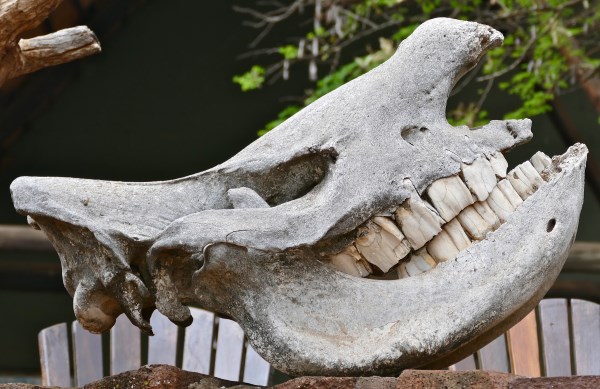

Here, sediment layers up to 1.2 miles thick tell the story of the last 30 million years of Earth’s history, peppered with fossils from the ancient creatures that once lived in the region. The new fossils hail from the brown sandstones of central China’s Linxia Basin. bugtiense, and that hints at the Pakistani rhino’s origins. linxiaense was closely related to the Pakistani P. Researchers led by Tao Deng, a mammal paleontologist at China’s Institute of Vertebrate Paleontology and Paleoanthropology in Beijing, have now found that the new species P. How exactly did this giant rhino get all the way to the Indian subcontinent? bugtiense, lived in what is now western Pakistan. The group’s longtime home appears to have been Central Asia, but the first species of Paraceratherium ever found, P. Paraceratherium fossils are rare and often fragmentary, making it hard to chart the genus’s evolution and spread. Thanks to their age and location, the new fossils, including a complete skull, a mandible, and three vertebrae, are helping fill out the paracerathere family tree, shedding new light on where these towering rhinos evolved and how they spread across the present-day continent of Asia. linxiaense was among the last of these giants, called paraceratheres, living about 26.5 million years ago. The giant rhinos “would have been able to eat flowers at the third or fourth floor of a building,” says National Geographic Explorer Pierre-Olivier Antoine, a rhino paleontologist at France’s University of Montpellier who reviewed the new study. Today’s giraffes are between 14 and 19 feet tall, head and all. The average adult is thought to have stood more than 16 feet tall at the shoulder, with a nearly seven-foot-long neck topped by a massive skull. linxiaense and its kin are all famous for their huge sizes. It’s the latest known species in a group of giant, hornless rhinos that lived across Central Asia from roughly 50 million years ago until 23 million years ago. The colossal animal would have weighed up to 24 tons, four times heavier than today’s African elephants, and its skull alone was more than a yard long. The newfound creature, unveiled today in the scientific journal Communications Biology, is an extinct cousin of today’s rhinoceros called Paraceratherium linxiaense. But 26.5 million years ago, parts of this region were dotted with humid woodlands, giving refuge to another kind of skyscraper: one of the biggest mammals to ever walk on land. Today’s Tibetan Plateau reaches into the sky-a craggy expanse of high-altitude steppes butting up against the towering Himalaya.


 0 kommentar(er)
0 kommentar(er)
